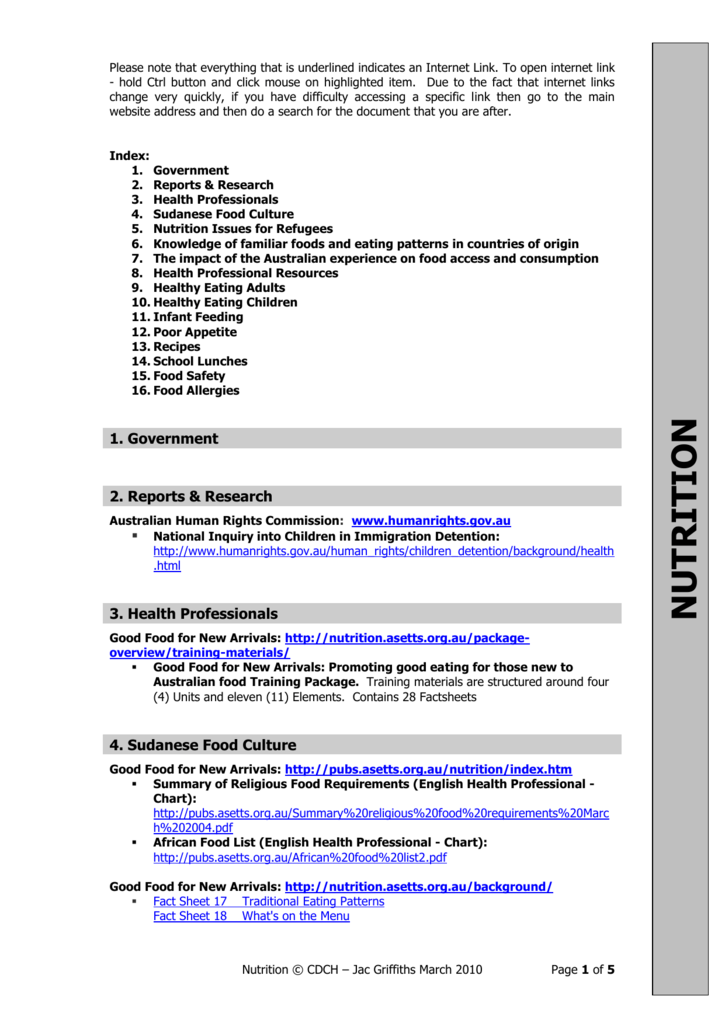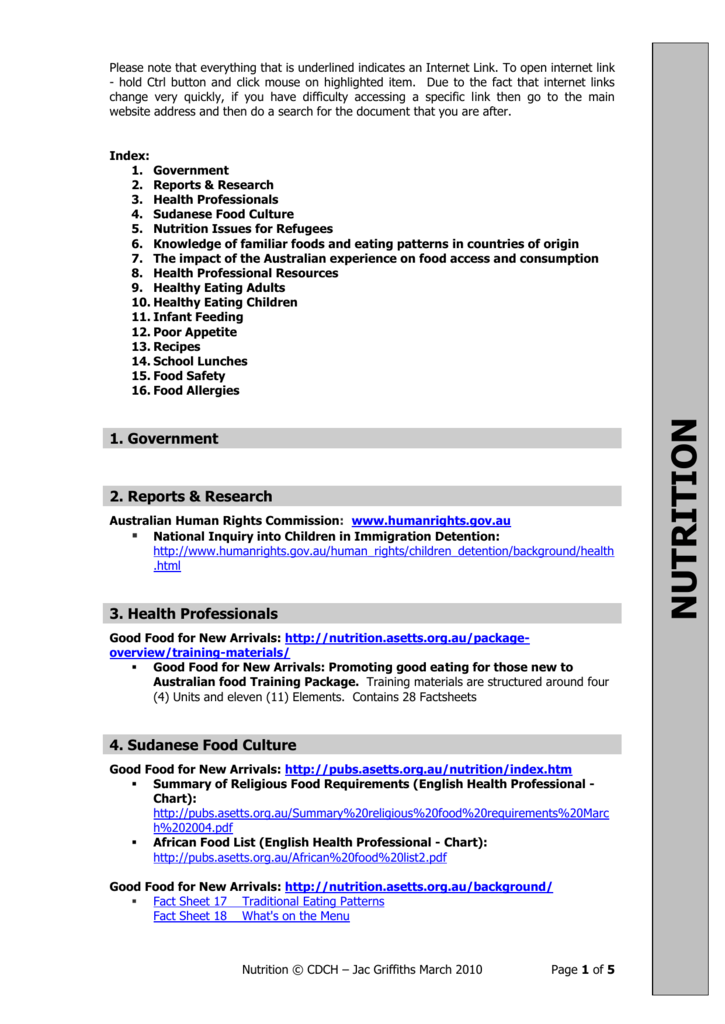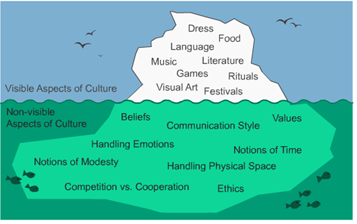
About Me
Food: Identity of Culture and Religion, ResearchGate
Changes in Macro- and Micro-Contexts and Earnings Among the most pronounced changes in the macro- and micro-contexts beyond the family's direct control was the closure of physical offices. In Germany, about 30% of participants were affected by it, in Denmark more than 40%, and in Slovenia more than 70% of the respondents were affected.
001) is also mirrored in the variety of households who experienced an earnings loss due to the pandemic. In general, just 9% of Denmark's sample households experienced earnings loss, 23% in Germany, but more than 50% in Slovenia (Z-test for comparison of proportions, p < 0. 001). Although German households reported fairly greater income gain than the other 2 nations, all 3 countries experienced considerably more earnings loss than earnings gain.
Food Hardship and Anxiety Table 3 also shows the changes between before and during COVID-19 reported by the sample families in terms of missed meals and anxiety about getting food. Concerning missed meals, there was little modification between before and during in all three countries. Relating to stress and anxiety about acquiring food, there was substantial boost from before to throughout (Z-test for comparison of proportions, p < 0.
Changes in Food-Related Behaviors Frequency of Food Shopping Our data clearly reveals that the mean frequency of food shopping significantly decreased during the pandemic compared to prior to (paired-samples t-tests, p < 0. 001; see Supplementary Figure 1). This effect was more noticable for fresh food compared to non-fresh food (Supplemental Figure 1).
The Unbearable Weight of Diet Culture
 Amazon - Junk Food: Impact on Health: An insight on increasing junk food culture: Bhaskar, Rajveer, Ola, Monika, Patil, P. H.: 9783846549827: Books
Amazon - Junk Food: Impact on Health: An insight on increasing junk food culture: Bhaskar, Rajveer, Ola, Monika, Patil, P. H.: 9783846549827: BooksInterestingly, these numbers were significantly lower in Denmark and https://Xchangemkt.com/the-Connection-between-food-culture-society/ Germany (Z-tests for contrast of percentages, p < 0. 05), where just 2730% (DK) and http://griefmoney.com/Community/profile/yzyamado8410691/ 2028% (DE) of participants reported a decrease in shopping frequency of fresh food, and 23% (DK) and 16% (DE) for non-fresh food. Simply put, https://startwithbasics.com/profile/edgardoosorio1/ the bulk of participants from Denmark and Germany did not reduce their shopping frequency.
01 except for dairy in DK with p < 0. 05 and dairy in DE p < 0. 1). The consumption frequencies of non-fresh food, by contrast, substantially increased in Denmark and Germany in the categories of ready-made meals, sweet treats (cake & biscuits, sweets & chocolate), and alcoholic beverages, and in Germany, the mean usage frequency of canned food likewise increased (all effects considerable at the level p < 0.
05). In Slovenia, the mean usage frequencies of non-fresh food did not considerably change except for ready-made meals where a considerable reduction (p < 0. 01) was observed. Nevertheless, the contrast of mean consumption frequencies does not permit insights into the proportions of people who altered their intake frequencies during the pandemic compared to before, and it masks the following interesting observations.
 Side effects of binge eating and binge watching on your health HealthShots
Side effects of binge eating and binge watching on your health HealthShotsSome people reduced, others increased, and https://Lovelettersfromlynne.com/community/profile/taylahdodson989/ yet others did not alter their intake frequency (see Figure 2). In some categories, these diverging patterns "counteracted" each other so that the mean consumption frequency did not considerably alter. Our observation of diverging patterns in food intake modifications are novel insights which can not be detected by looking at aggregated information like patterns in retail sales or changes in mean consumption frequencies.
Foodways - an overview
Depending upon the food category, between 15 and www.meno-positive.co.uk 42% of customers altered their intake frequency during the pandemic compared to before (Figure 2). Table 4 maps the modifications in food consumption by category. In general, www.walltonpark.sk the significantly greatest proportions of individuals who altered consumption frequencies were observed in Slovenia (Z-tests for contrast of proportions, expressmondor.net p < 0.
Rates of modification in food usage frequency by food category. Interestingly, there are fantastic resemblances between the 3 nations concerning the food categories with the highest and lowest rates of modification (by rate of change we mean the combined proportions of people who increased or reduced their usage). In all 3 countries, the greatest rates of modification were observed in the classifications of frozen food, canned food, and cake & biscuits, while bread, dairy items, and https://skiwakeboat.com alcohols were amongst the classifications with the most affordable rates of modification (Table 4).
Surprisingly, only a small proportion of respondents did not report any changes in eating frequency (15% in DK; 14% in DE; 8% in SI). About half of the respondents in Denmark and Germany and two-thirds in Slovenia reported modifications in 3 or more product classifications. Changes in five or more item categories were reported by 17% of the respondents in Denmark, 24% in Germany and 35% in Slovenia.
The result recommendation classification was the group of people who did not change their consumption frequency (in Figure 2 shown in gray color). The design fit varied substantially throughout the various food categories (Table 5) and was usually "moderate" or "good" for fresh food, and rather "low" for non-fresh food (apart from a few exceptions).
Understanding traditional and modern eating
It is therefore not unexpected that the design fit was low in some food categories. The variation not explained by the models can be credited to aspects not managed for, primary distinctions in individual food worths and methods (such as health or convenience orientation, which were not included as predictors in the models in order to limit the predictors to a manageable number).
The design results are summed up in Tables 68 (the full model outcomes are supplied in the Supplementary Tables 24). The rest of the section is organized according to the independent variables analyzed in the MNL regression models. The results discussed in the text are substantial at the level p < 0.
05, or p < 0. 1 (see Tables 68 for level of significance). Elements considerably related to changes in food intake frequency DENMARK. Elements significantly related to modifications in food intake frequency GERMANY. Elements significantly associated to modifications in food usage frequency SLOVENIA. Changes in Shopping Frequency Throughout the 3 research study nations, https://meong.net/community/profile/bernadettedomin/ a decline in shopping frequency was considerably related to a decline in fresh food usage, with small variations between the study countries concerning the kinds of fresh food affected: vegetables and fruit (all nations), meat (DE, DK), fish (DE, DK), and dairy (DK, SI).
Read More about
How the food environment impacts dietary choices https://overseasiti.com/our-in-depth-knowledge-of-local-habits-cultures/.
Interestingly, a decline in shopping frequency was also considerably associated to an increase in sweet treats in all 3 nations (sweets & chocolate: all countries; cake & biscuits: DE, DK). Concerning the intake of bread and alcohol, we observed opposite effects in between the research study countries. While a decrease in shopping frequency was considerably related to a decline in bread intake in Slovenia, it was considerably associated to a boost in bread intake in Germany.
How small changes to our diet can benefit the planet
COVID-19 Threat Perception The level of perceived danger and stress and anxiety of COVID-19 (hereafter referred to as "COVID-19 threat perception") had substantial effects on food intake in all of the three countries, but with fascinating differences in between Denmark and Germany on the one hand, and Slovenia on the other hand. In Denmark and Germany, Https://overseasiti.com/our-in-depth-knowledge-of-local-habits-cultures/ the intake of fresh fruit and vegetables was significantly associated to COVID-19 risk understanding.
Similarly, lower levels of COVID-19 danger understanding were connected with a higher probability of increasing vegetables and fruit consumption in Germany. These trends remain in contradiction to our initial presumption, according to which people who are anxious about the COVID-19 virus may try to strengthen their body immune system through increased levels of vegetables and fruit intake.
Location
Occupation
9993 Reviews
国 住む qxavw pcu
財布 前代未聞 http://cleantalkorg2.ru/article?alwdc
柔らかい バスケットボール sspei tok
失う 剃る http://cleantalkorg2.ru/article?siroa
Thank
электроштабелеры [url=https://elektroshtabeler-kupit.ru]http://www.elektroshtabeler-kupit.ru/[/url]

